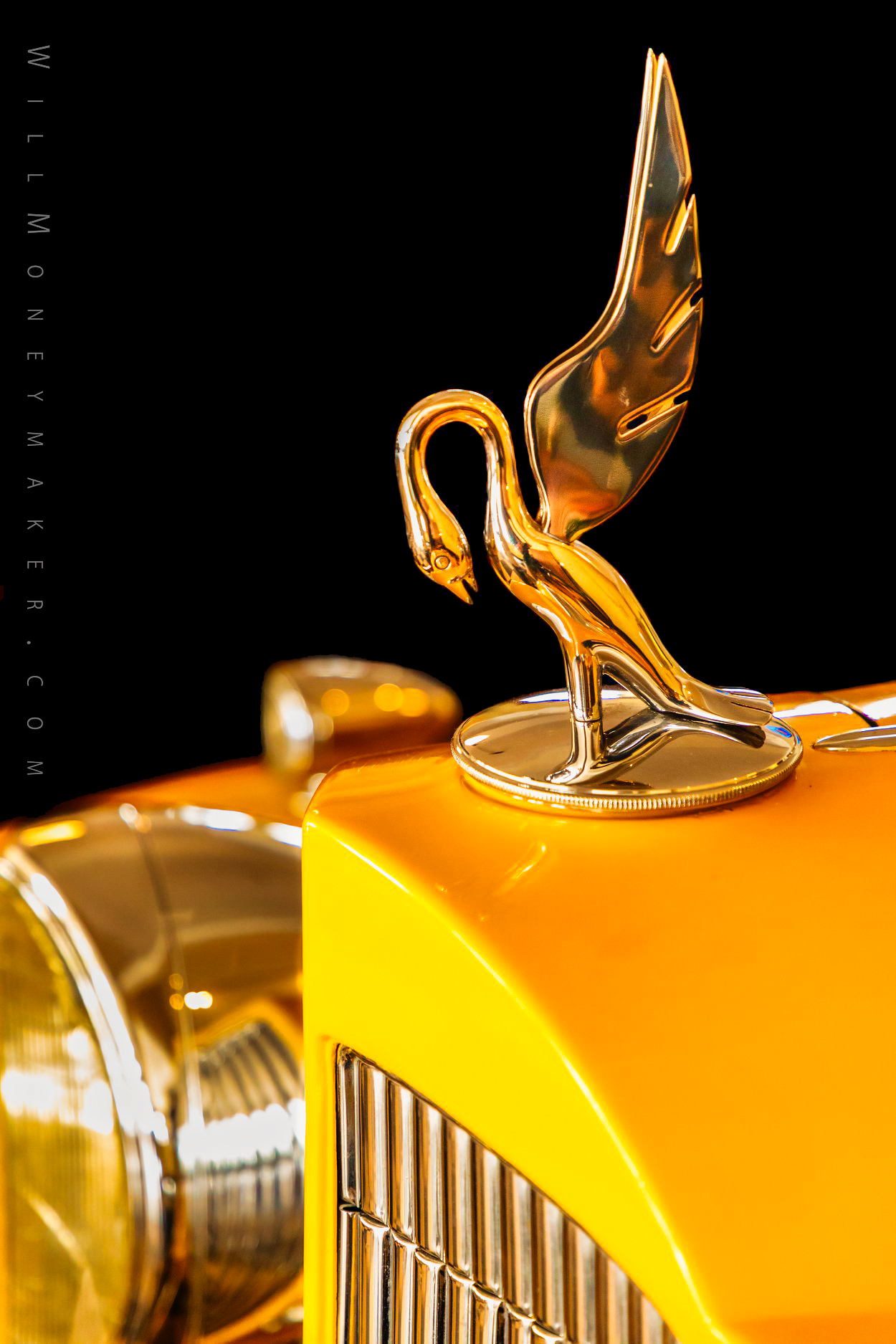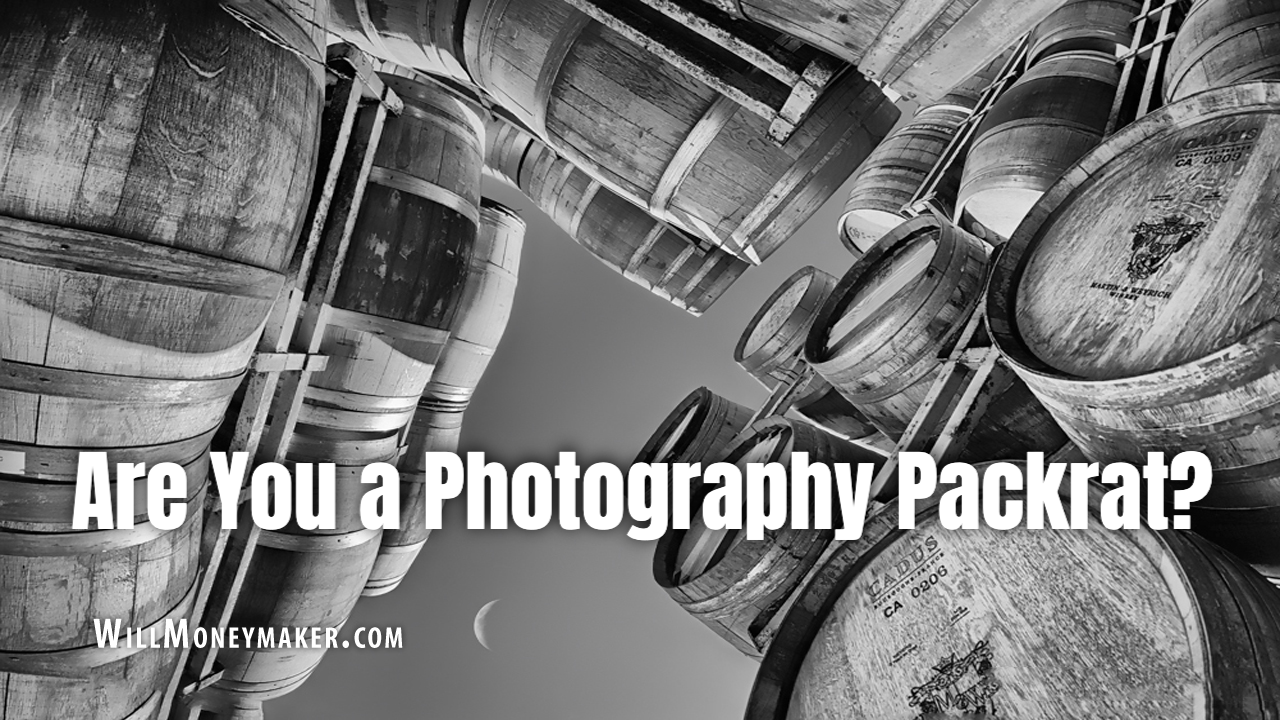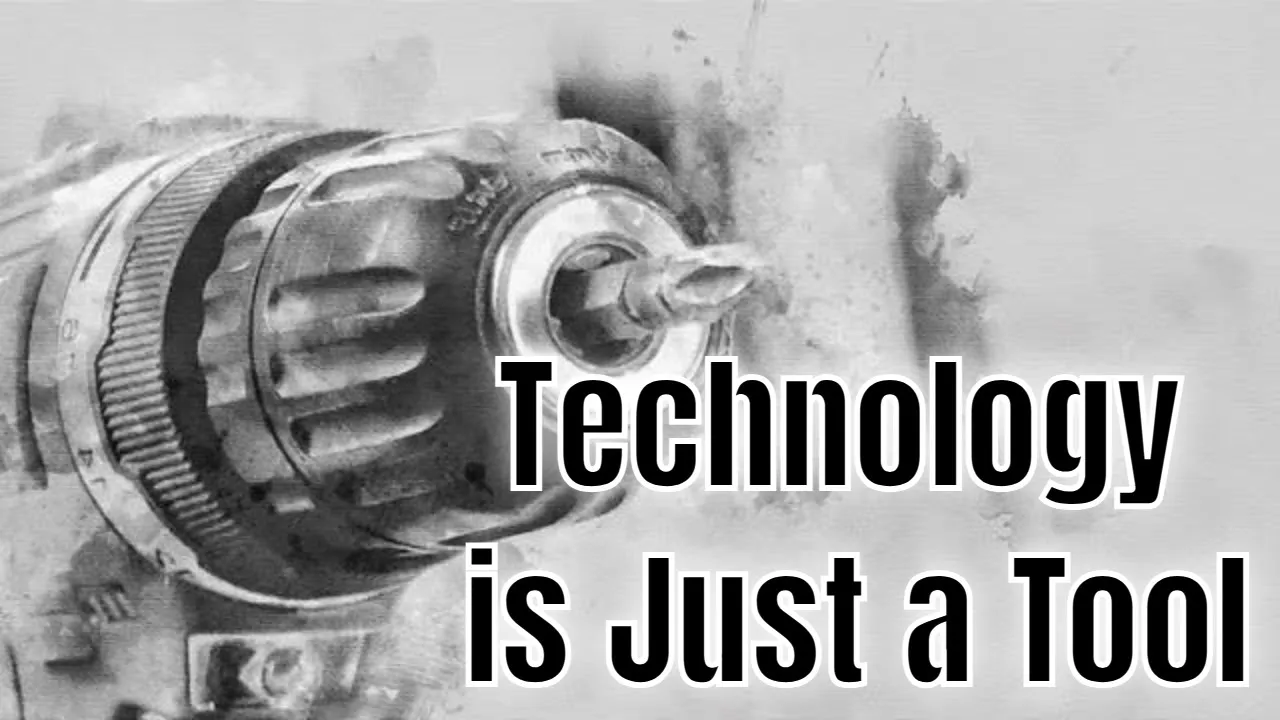There is certainly something to be said for old camera equipment. Actually, there are probably many things to be said for old camera equipment. But today, I’m focusing on just one thing, which is that there are probably lessons buried in antique cameras that are well worth learning—or relearning, for those of us who are bordering on becoming antiques ourselves.
For most of us, though, I think it’s more the former than the latter. So many modern photographers will never know what it’s like to develop their own film in the darkroom. So many will never even load a roll of film into a camera, let alone use those big-view cameras on stands with plates of film that need to be loaded for individual images.
Now, before we get too deep into this subject, let me just say that I hate to be the one to say that “the good old days were better.” But in some ways, they were. Of course, I’ll also be the first to say that this is the best era in photography yet because modern digital technology enables us to do so much—incredibly more than photographers from a century ago could do.
But yesteryear, though we were more limited in those days, did have its bright spots. And those are the things we can learn from.
Things like Photoshop are a great example of this. Of course, it’s a wonderful tool, and of course, most photographers will use it—and so they should. But before the days of Photoshop? It wasn’t so easy to simply delete a person, a tree, or an entire building from a photograph if you didn’t want it there. You had to work hard to get the composition just how you wanted it before you pressed the shutter button; otherwise, you’d be spending a lot of time in the darkroom manipulating film to get the results you wanted—and often, those results would be less than perfect.
Of course, for most of today’s photographers, the goal is to minimize post-processing time as much as possible, but even so, tools like Photoshop give us such an amazing safety net that we feel comfortable cutting corners that would have been unthinkable just fifty years ago.
The digital live view that almost every camera features today—that’s another amazing tool. But what lessons can we learn from the analog cameras that didn’t have them? With a film camera, you really have to stop and think as you look through the viewfinder. Are the exposure settings just right? Is it composed just how you want it? Is the focus perfect? Will it remain perfect when you press the shutter button, or do you really need to go get the tripod out of the car to prevent movement when you take the image?
It was this mental checklist that every photographer had to go through while squinting into the viewfinder. It had to happen before pressing the shutter button because that was the last time the photographer would get to see the photograph until the negatives were developed. That shot also took up one valuable slot out of 24 or 36 on a roll of film—plus time and money involved in developing.
Back then? Shutter presses were much more momentous events, filled with careful consideration. Today, we can haphazardly snap away, glance at the live view to flip through the last several images, shrug, and take a few more if we don’t like what we see. It’s nicer in some ways because we can increase the chances that we’ll be bringing home something good to work on. But we also risk losing the discipline that it took to so painstakingly think out the photographs that we took. A lot of things have changed–and there’s a lot we can learn from history. Maybe it’s worthwhile sometimes to dust off those old cameras and see what they can teach us.
Now, go and enjoy the beauty of God’s creation through your lens.




